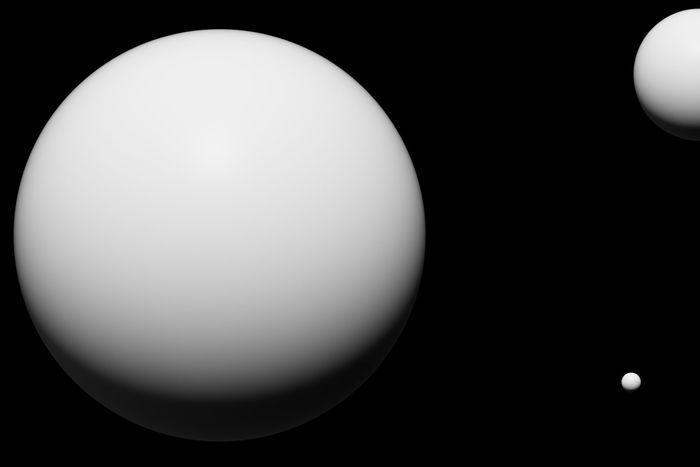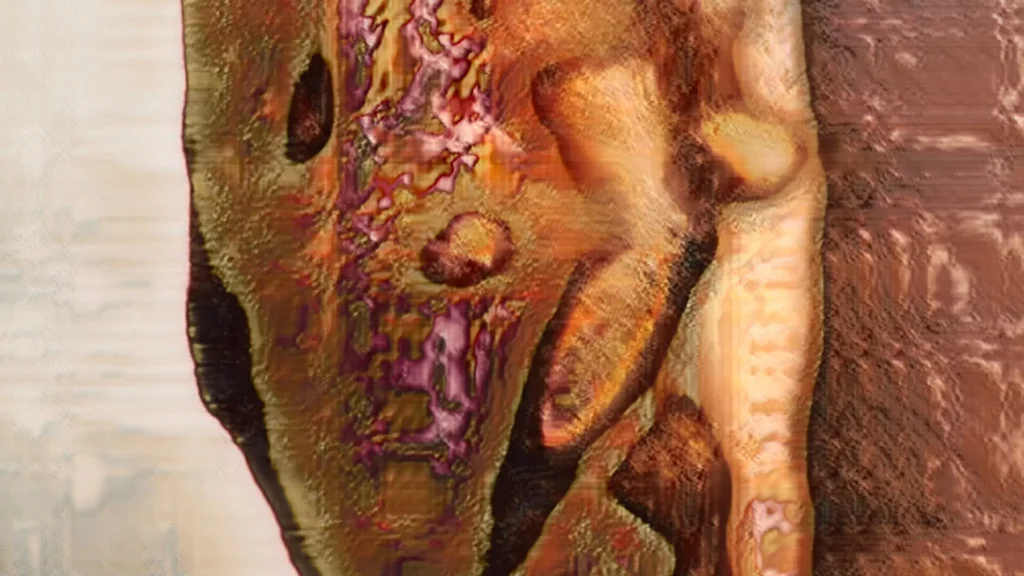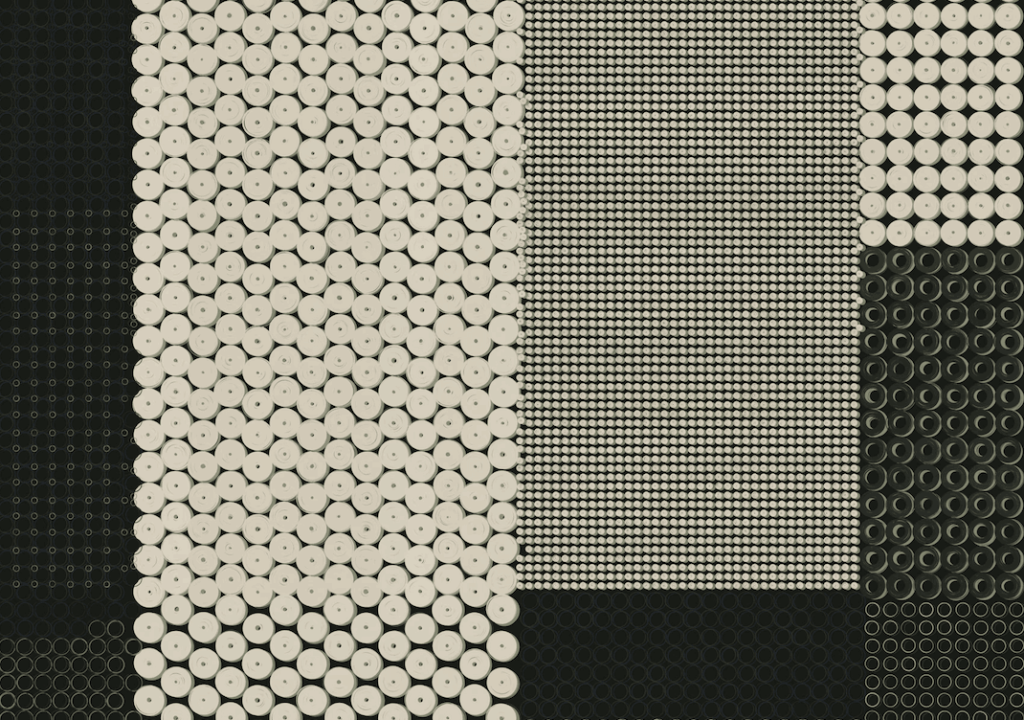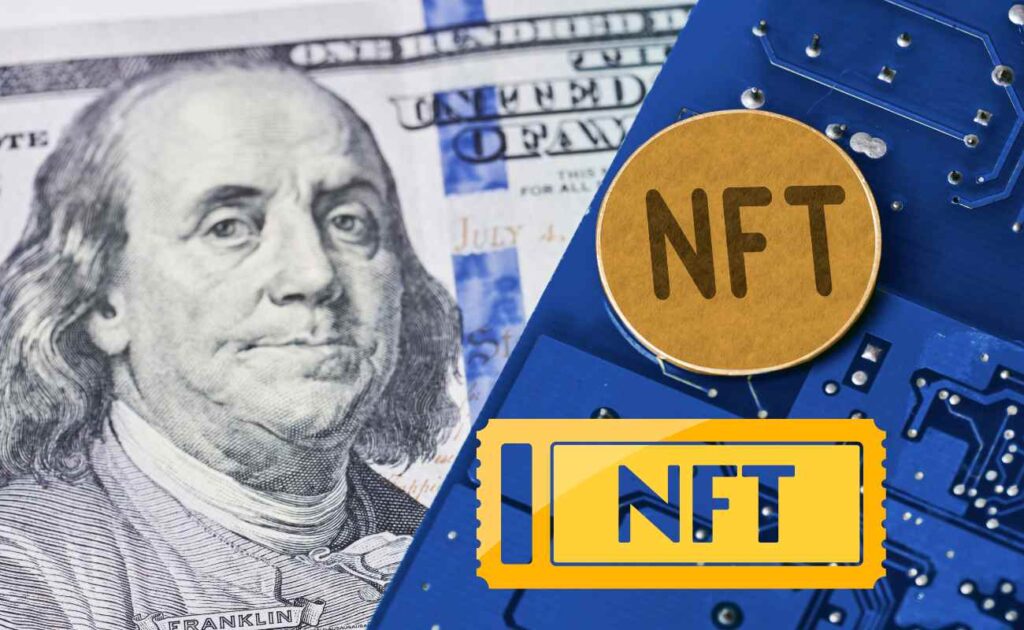The world of Non-Fungible Tokens (NFTs) has fundamentally transformed the art industry, enabling artists to sell their digital creations directly to collectors, bypassing traditional galleries and auction houses. As NFTs continue to gain momentum, several artists are emerging as key figures in this rapidly evolving space. In 2024, these rising NFT artists are not only pushing the boundaries of digital art but also redefining what it means to be a creator in the digital age.
1. Beeple

- Beeple, born Mike Winkelmann, is one of the most well-known names in the NFT world. His daily art project, “Everydays,” where he creates a new piece of digital art every day, has garnered worldwide acclaim. In March 2021, his piece “Everydays: The First 5000 Days” sold for a staggering $69.3 million at a Christie’s auction, making him a household name. In 2024, Beeple continues to be a major force in the NFT space, constantly evolving his style and exploring new themes.
- Beeple’s work often blends surreal, futuristic elements with biting social commentary. His art is characterized by its vibrant colors, intricate details, and often dystopian themes, reflecting the complexities of the modern world.
2. Pak

- Pak is an enigmatic and highly influential figure in the NFT community. Unlike many artists who reveal their identities, Pak remains anonymous, letting the art speak for itself. Pak is known for creating some of the most expensive and conceptual pieces in the NFT space, including “The Merge,” which sold for $91.8 million. In 2024, Pak continues to challenge the conventional boundaries of art through NFTs, exploring concepts of value, ownership, and the nature of digital media.
- Pak’s work is often minimalist but conceptually rich. It focuses on geometric shapes, monochromatic palettes, and the interplay of light and shadow. Each piece invites viewers to interpret the meaning behind the simplicity.
3. XCOPY

- XCOPY is a digital artist whose work is known for its glitchy, dystopian aesthetic. His art often deals with themes of death, dystopia, and the chaotic nature of life in the digital age. XCOPY’s unique style has earned him a dedicated following in the NFT community, and his pieces are highly sought after by collectors. In 2024, XCOPY remains at the forefront of digital art, with his works continuing to challenge and captivate audiences.
- XCOPY’s art is characterized by its use of harsh, bright colors, and glitch effects. His pieces often have a raw, unpolished feel, reflecting the underlying themes of chaos and disillusionment.
4. Robbie Barrat

- Robbie Barrat is a pioneering artist who uses artificial intelligence (AI) to create his art. Barrat’s work explores the intersection of technology and creativity, challenging traditional notions of authorship and the creative process. His AI-generated pieces have sparked discussions about the future of art in the digital age. In 2024, Barrat continues to push the boundaries of what AI can do in the realm of art, making him a significant figure in both the AI and NFT communities.
- Barrat’s art often involves AI-generated landscapes, abstract forms, and surreal imagery. His work is a fusion of human creativity and machine learning, resulting in pieces that are both familiar and otherworldly.
5. Tyler Hobbs

- Tyler Hobbs has gained recognition for his algorithmically generated art, which blends randomness with artistic intent. Hobbs uses complex algorithms to create intricate, abstract patterns, resulting in unique and visually striking pieces. His work is a prime example of how code can be used as a creative tool in the digital art space. In 2024, Hobbs continues to be a leading figure in the NFT community, with his works being highly valued by collectors.
- Hobbs’ art is known for its intricate patterns, often resembling natural forms such as leaves, waves, or fractals. The use of algorithms allows Hobbs to explore the interplay between order and chaos in his work.
The Future of the NFT Art Market

The rise of these artists highlights the evolving nature of the NFT art market. As more artists and collectors embrace this digital medium, the market is likely to see further innovation and diversification. The artists mentioned above are at the forefront of this evolution, each bringing something unique to the table. Whether it’s through the use of AI, algorithms, or conceptual minimalism, these rising NFT artists are not only contributing to the growth of the NFT space but are also shaping the future of art itself.
Conclusion
NFTs have provided a platform for artists to express themselves in ways that were previously unimaginable. The artists highlighted in this article are just a few examples of the creative potential that NFTs hold. As the digital art market continues to expand, these rising NFT artists will undoubtedly play a crucial role in defining the future of art in the digital age.






GIPHY App Key not set. Please check settings